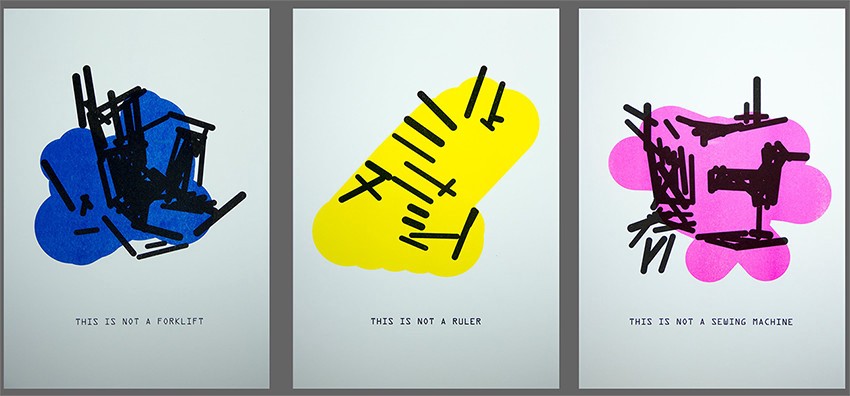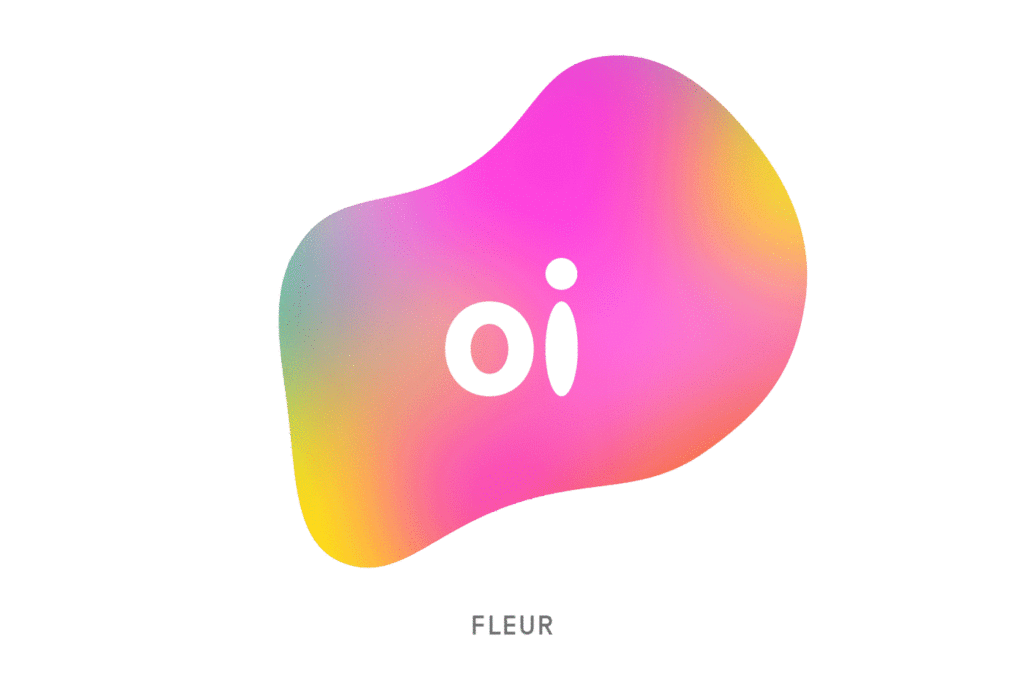Since the second half of the semester, I decided to change my topic. Researching about Augmented Reality Storytelling was interesting, but I do not feel that I want to continue doing my research in that direction. Thinking about another topic was also hard for me, because I always have a hard time making decisions, but I think I have found a new interesting field, which I would like to focus during the course. It is the relationship between Artificial Intelligence and Design. I am not quite sure where exactly this path will lead me, but I really enjoyed learning about it and thinking about it’s possibilities.
What is Artificial Intelligence?
There are several definitions for AI. For example, John McCarthy’s (computer scientists) defines AI as following:
“It is the science and engineering of making intelligent machines, especially intelligent computer programs. It is related to the similar task of using computers to understand human intelligence, but AI does not have to confine itself to methods that are biologically observable.”
In general, Artificial Intelligence is the simulation of intelligence processes associated with humans through machines. Examples for this processes can be the ability to reason, discover the meaning of something, generalize of learn from past experiences. As for now, there is no machine able to match the human flexibility over wider domains or in basic everyday knowledge. But, there already are some processes with the ability to perform certain specific tasks with the same or even higher level than experts. Today, we already have a lot of touchpoints with AI. Sometimes, it is obvious, for example if we use systems like Siri (Apple), or Alexa (Amazon). But we also deal with it through search engines or recommendation algorithms (like YouTube, Amazon or Spotify).
There are two different types of Artificial Intelligence:
Weak AI (or Narrow AI)
Weak AI is created/trained to perform a specific tasks and is not able to function without human interaction. It is the type of AI, which we deal with in everyday life, like on speech recognition devices.
Strong AI
Strong AI is made up of Artificial General Intelligence (a theoretical form of AI, where Artificial Intelligence matches human intelligence, which means it would have self-aware consciousness) and Artificial Super Intelligence (it would even pass the human intelligence), which is, for now, only theoretical without any practical examples.
Can Artificial Intelligence be creative?
During my research, a lot of times this question popped up. Creativity is often perceived to be connected with people, certain methods or tools – not with computers. But do computers also have the ability to be creative? Well, they are to a certain level. For example: IBM (International Business Machines Corporation – an American multinational technology corporation) was asked by 20th Century Fox to create a trailer for their horror movie “Morgan” with the use of their AI “Watson”. Watson analysed the visuals, sound and composition of other horror movie film trailers and with that knowledge managed to create a trailer. You can see the outcome and a more detailed explanation in this video:
This shows that AI has the ability to be creative – to a certain extent. As for now, AI is only able to show creativity with the help of humans. For Watson, it was only possible to create a trailer by analysing other trailers and use deep learning in order to create patterns to understand how a trailer for horror movie works. Only with that knowledge, Watson was able to produce something similar to that.
“It’s easy for AI to come up with something novel just randomly. But it’s very hard to come up with something that is novel and unexpected and useful.”
– John Smith, Manager of Multimedia and Vision at IBM Research
How can we co-create with Artificial Intelligence?
To answer the questions, I have taken a look into various projects to find examples on how AI is already used to co-create. I realised that most of the projects I saw could be either categorized in an AI that we, as designers, could profit while creating or AI that we can include in our projects, so that the user can profit from it, or both. Here are some selected examples, which I found especially interesting:
Airbnb – Sketching Interfaces
Airbnb created a tool to transform low fidelity prototypes into code by using AI. You just have to scan your hand drawn wireframes and the AI transforms it into a prototype. This could really speed up the process of prototyping and visualizing ideas in general.
Website: https://airbnb.design/sketching-interfaces/

Image (and Asset) Creation
There are many AI that can be used to create images or other assets. One example of this experiments is described in this article of medium.com. The AI is used to turn photographs of real objects into abstract illustrations. It is a part of Google Artists and Machine Learning initiative.
Website: https://medium.com/artists-and-machine-intelligence/perception-engines-8a46bc598d57

Oi – AI used in Graphic Design
The berlin based studio Onformative created a tool to transform the logo of Oi, a Brazilian telecommunication brand, in fluid shapes through the use of sound input. The outcome is a sound-reactive interactive logo.
Website: https://onformative.com/work/oi/

Scribbling Speech
The interaction and product designer Xinyue Yang created a tool that uses speech to create animations. You just say what you would like to see in a scene and the program creates an animation out of the information.
Website: https://experiments.withgoogle.com/scribbling-speech

To see more interesting projects and experiments with AI, I highly recommend taking a look at these two websites, where a lot of interesting projects are listed:
Google AI Experiments: https://experiments.withgoogle.com/collection/ai
Algorithm-Driven Design: https://algorithms.design/